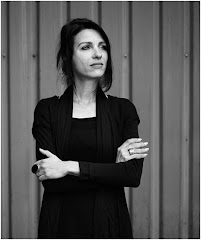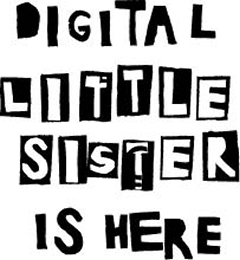 Kort stukje in het British Medical Journal. Over medische mythes. Behoren onderstaande beweringen tot jouw overtuiging - dan even het stukje checken op hun wetenschappelijke onderbouwing:
Kort stukje in het British Medical Journal. Over medische mythes. Behoren onderstaande beweringen tot jouw overtuiging - dan even het stukje checken op hun wetenschappelijke onderbouwing:
- Mensen moeten minimaal 8 glazen water per dag drinken
- Ons haar en nagels groeien na onze dood nog door
- Het scheren van haar maakt dat ze sneller, donkerder en stugger terugkomen
- Lezen in schemerlicht is slecht voor je ogen
- Kalkoen eten maakt mensen slaperig (?)
- Mobile telefoons veroozaken elektromagnetische storingen in ziekenhuizen
En last but not least, Confabulanten: we gebruiken slechts 10% van ons brein.
Dit zeggen ze erover:
'The belief that we use only 10% of our brains has persisted for over a century, despite dramatic advances in neuroscience. In another extensive expert literature review, Barry Beyerstein provides a detailed account of the origins of this myth and the evidence disputing it. Some sources attribute this claim to Albert Einstein, but no such reference or statement by Einstein has ever been recorded. This myth arose as early as 1907, propagated by multiple sources advocating the power of self improvement and tapping into each person’s unrealised latent abilities. Evidence from studies of brain damage, brain imaging, localisation of function, microstructural analysis, and metabolic studies show that people use much more than 10% of their brains. Studies of patients with brain injury suggest that damage to almost any area of the brain has specific and lasting effects on mental, vegetative, and behavioural capabilities. Numerous types of brain imaging studies show that no area of the brain is completely silent or inactive. The many functions of the brain are highly localised, with different tasks allocated to different anatomical regions. Detailed probing of the brain has failed to identify the "non-functioning" 90%. Even micro-level localisation, isolating the response of single neurones, reveals no gaps or inactive areas. Metabolic studies, tracking differential rates of cellular metabolism within the brain, reveal no dormant areas'.
Dit moet ons brein toch wel voor 100% overtuigen – OK, 99% - we houden natuurlijk altijd een 1% portie verfrissende achterdocht achter de hand.
.
11 Jan '08
 We blijven alert op tips om de prestaties te optimaliseren. De leerprestaties uiteraard… Muziek kwam voorbij, en ook meditatie hadden we al vorig jaar gesignaleerd. Bewegen blijkt voor het behoudt van zowel ons lichamelijk als ons psychisch evenwicht van essentieel belang. Ook de leerprestaties gaan ermee vooruit. 74 kids tussen de 7 en 12 werden onderzocht op hun fysieke fitheid en deden een vorm van een Strooptest (zie eerder bij Stroop!). Diverse andere parameters als het IQ, leeftijd, demografische gegevens, etc werden meegenomen in het beoordelen van de resultaten. Oudere kinderen en kids met een hoog IQ presteerden sowieso beter. Maar als die parameters werden verrekend, bleek dat de kinderen die lichamelijk het fitst waren, ook het beste presteerden op de Strooptest (Med & Scie in Sports & Exerc '08;40:166-72). Enfin, het gaat om kinderen. Maar geen reden te veronderstellen dat dit niet opgaat voor ons allen!
We blijven alert op tips om de prestaties te optimaliseren. De leerprestaties uiteraard… Muziek kwam voorbij, en ook meditatie hadden we al vorig jaar gesignaleerd. Bewegen blijkt voor het behoudt van zowel ons lichamelijk als ons psychisch evenwicht van essentieel belang. Ook de leerprestaties gaan ermee vooruit. 74 kids tussen de 7 en 12 werden onderzocht op hun fysieke fitheid en deden een vorm van een Strooptest (zie eerder bij Stroop!). Diverse andere parameters als het IQ, leeftijd, demografische gegevens, etc werden meegenomen in het beoordelen van de resultaten. Oudere kinderen en kids met een hoog IQ presteerden sowieso beter. Maar als die parameters werden verrekend, bleek dat de kinderen die lichamelijk het fitst waren, ook het beste presteerden op de Strooptest (Med & Scie in Sports & Exerc '08;40:166-72). Enfin, het gaat om kinderen. Maar geen reden te veronderstellen dat dit niet opgaat voor ons allen! 




















































































